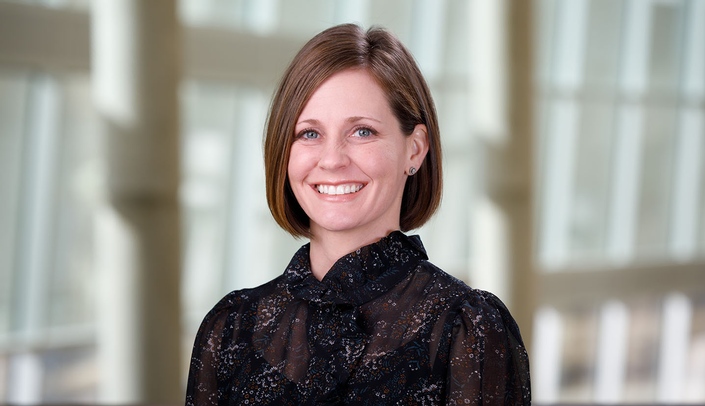A 2022 health care workforce report issued by UNMC shows that the number of nurse practitioners in Nebraska increased significantly and the number of practicing pharmacists increased modestly since 2020. Despite these positive developments, rural areas of the state still lack needed health care professionals, and the aging of the health care workforce across multiple disciplines threatens to exacerbate current shortages.
These and other key findings of the study appear in the report, "The Status of the Nebraska Healthcare Workforce: Update 2022."
"When health care professionals work in rural areas, they help to provide quality health care as close to home as possible. But they also create economic sustainability and vitality in the communities where they live," said Jeffrey P. Gold, MD, chancellor of UNMC. "The need has never been clearer: We must increase access to health care workforce pipelines in rural Nebraska to improve quality of life for all our communities, to support economic sustainability and to bolster the number of health care professionals for decades to come."
The study, commissioned and funded by the UNMC Office of Rural Health Initiatives and the Nebraska Area Health Education Center Program (AHEC), used the most recent data from the UNMC Health Professions Tracking Service and the State of Nebraska. The report acknowledges the ongoing impact of the pandemic on the health care workforce and that the shortages have exacerbated since the data was collected.
Studies have shown that pathway programs are important to proactively addressing current and expected shortages in rural and underserved communities. In addition, recruiting and training students from rural and underserved areas and training them as close to those communities as possible are proven strategies for increasing the likelihood they’ll return to those areas to practice.
Andy Craig, MD, a family medicine practitioner in Minden, Nebraska, and a graduate of UNMC’s Kearney Health Opportunities Program pathway, said it’s important to identify and focus on students who want to be involved in rural health care. "The students who grew up rural and want to stay rural," he said.
He pointed to the effort to expand medical education to the University of Nebraska at Kearney campus as an important step in addressing rural health care workforce and access issues.
Pathway programs have helped in Nebraska, said Nicole Carritt, director of the Office of Rural Health Initiatives.
"Nearly 60% of more than 700 graduates from UNMC’s Rural Health Opportunities Program and Kearney Health Opportunities Program are practicing in rural Nebraska," Carritt said.
She added that recent support from the Nebraska Legislature, including funding for the Healthier Rural Nebraska initiative, a project that will expand UNMC health care programs at UNK, enhances those rural training opportunities.
Still, challenges remain. One of the major areas of concern the report identified: The aging of Nebraska’s health care workforce. A significant proportion of Nebraska’s dentists (26.9%), licensed practical nurses (20.6%), podiatrists (20%), physicians (19.4%), optometrists (18.6%) and registered nurses (17.2%) are in the pre-retirement age group of 61 years of age or older and may be at risk of leaving the workforce in the next five to 10 years. With the as-yet unstudied aftereffects of the pandemic on workforce numbers, the need for innovation to boost the rural health workforce has only increased.
"The number of practicing dental health professionals has decreased since 2019," she said. "Thirteen of 93 Nebraska counties have no practicing primary care physician, and 16 counties have no pharmacist."
Based on these finding, the report’s recommendations included enhancing existing pipeline programs and educational initiatives.
"We need to incentivize individuals from rural and underserved urban areas to become health care professionals and to practice health care in these communities, particularly for health professions exhibiting significant shortages," Carritt said. "With the Legislature’s recent support, UNMC is positioning itself to continue to provide solutions to these challenges.
"While this report provides important information about current numbers of health care professionals and increases and losses over time, we are now beginning additional analysis to better define unique challenges and barriers related to the recruitment and retention of health care providers to rural areas. We understand the health care and rural community landscape has changed significantly over the past several years and detailed recommendations are needed to build the rural health workforce in Nebraska."
The report examined 20 primary health care professions ranging from physicians and physician assistants to nursing, dental and allied health professionals.
It also looked at the sex, age, race and ethnicity of each health care professional, as well as measured the number and rate of health care professionals per 100,000 people by county.
